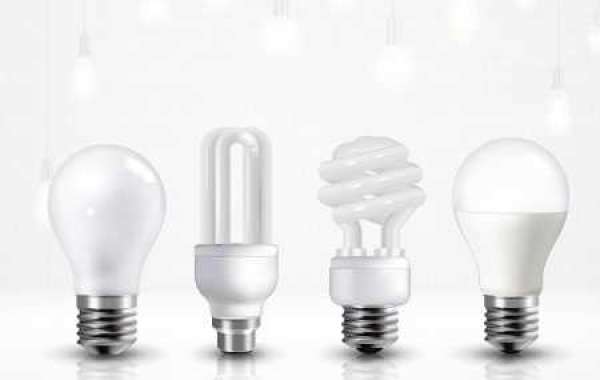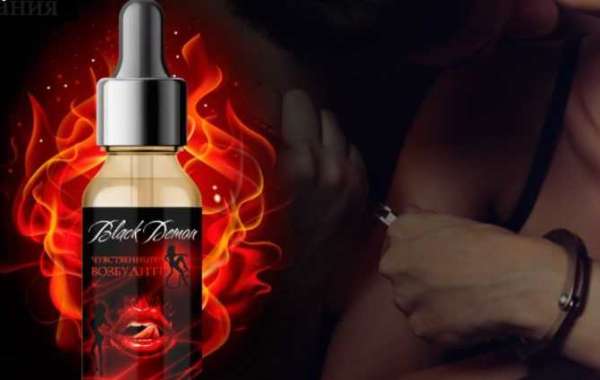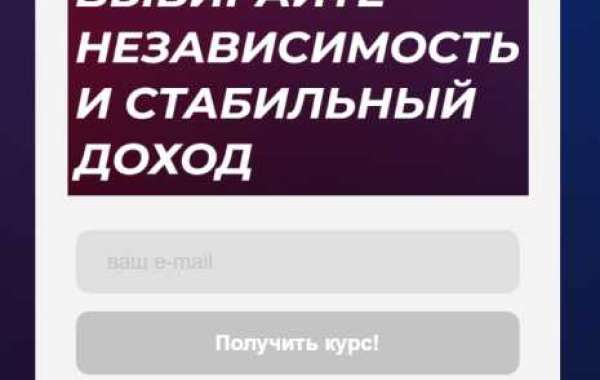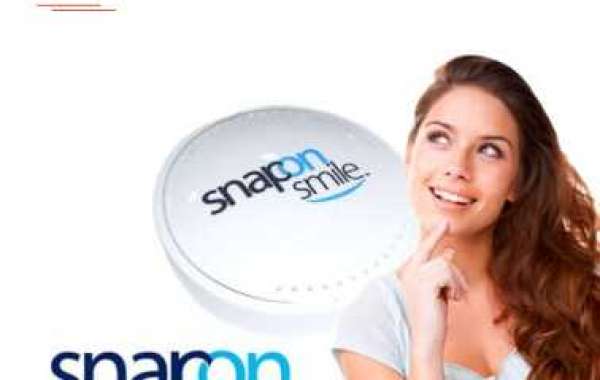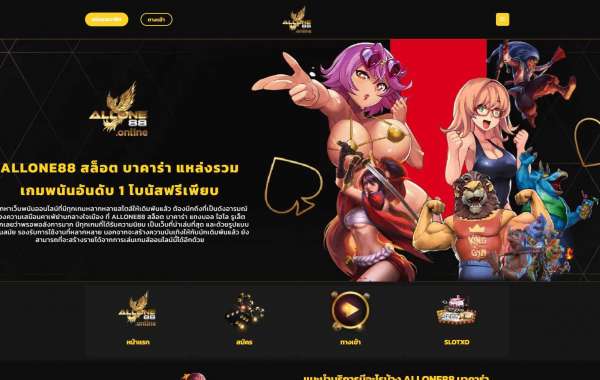The global UV LED market has experienced significant growth in recent years, and the trend is expected to continue during the forecast period. According to market research, the market size for UV LED reached USD 372.5 million in 2021, with a projected Compound Annual Growth Rate (CAGR) of 21.4 percent.
For More Industry Insight Read : https://www.fairfieldmarketresearch.com/report/uv-led-market
One of the key advantages of UV LEDs over UV lamps is their narrow band, which significantly reduces the probability of exposure to the wrong wavelength. This characteristic has made UV LEDs particularly appealing in applications such as printing and medical operations. In September 2020, Epson introduced the SureColor SC-V7000 flatbed UV LED printer, catering to signage businesses that prioritize faster throughput and lower total cost of ownership, without compromising on results.
The UV LED market is further bolstered by new applications, notably in disinfection for air and water purification systems utilizing UV-C technology. Technological advancements, including replacing mercury lamps with UV LEDs, higher flux density, and improved performance at high wavelengths, are driving market growth. A notable trend in the industrial application of UV LED is the increasing demand for UV curing solutions that combine coating, printing, and adhesives, as well as the evolution from UV lamps to UV LED.
The market is also driven by the rising popularity of horticulture and indoor farming in developing nations, as well as the increasing adoption of counterfeit currency detection systems. For example, in January 2021, the GROW project, a vertical light installation by Dutch artist and innovator Daan Roosegaarde, demonstrated the potential of red, blue, and UV light combinations to enhance plant growth and reduce pesticide use.
The outbreak of COVID-19 has significantly impacted the UV LED market, with a surge in demand for its germ-killing and surface disinfection properties. UV lamps, particularly UV-C Sterilization LED Lighting, have been widely employed in various countries to clean surfaces and mitigate the risk of infection. The demand for UV-C LED lighting, which provides efficient and rapid sterilization with a reliability of 99.9%, has prompted companies to invest in developing UV-C LED light fixtures for applications in hotels, cars, trains, and hospitals.
Water purification is another significant driver of market growth, as the increasing global concern for water purity has led to the adoption of UV LEDs in commercial and residential sectors. UV germicidal irradiation, utilizing UV-C and some UV-B wavelengths, has proven effective in destroying microorganisms in water and air by obstructing their DNA. The International Ultraviolet Association (IUVA) recommends a wavelength range of 200nm to 300nm for optimal germicidal UV light.
To capitalize on the market opportunities, key players in the UV LED industry are actively pursuing strategies such as product innovation and strategic alliances. Recent examples include Signify NV's acquisition of Fluence to strengthen its position in the agricultural lighting market and Nichia's focus on expanding its UV LED portfolio to replace conventional mercury lamps.
The disinfection and sterilization segment is expected to dominate the UV LED market, driven by increased utilization in water treatment and purification facilities. UV-C LEDs are integrated into point-of-use (POU) purifiers to protect against waterborne diseases. Additionally, the UV A segment holds the largest market share due to its various business opportunities, including UV curing, validation, and counterfeit detection.
Geographically, the Asia Pacific region is projected to dominate the UV LED market, fueled by government initiatives supporting the healthcare and pharmaceutical sectors. Japan, in particular, is a hub for technological advancements in UV LED applications, such as disinfection and sterilization. The European market is also expected to grow significantly, driven by the adoption of UV LEDs in healing systems and the increasing demand for advanced sterilization and disinfection solutions.
Prominent players in the UV LED market include Signify NV, Nikkiso Co., Ltd., Nichia Corporation, DOWA HOLDINGS CO., LTD., NITRIDE SEMICONDUCTORS Co., Ltd., Seoul Viosys Co., Ltd., LITE-ON Technology, Inc., Epitop Optoelectronic Co., LTD., ams-OSRAM International GmbH, and Crystal IS, Inc.
As the demand for UV LED technology continues to rise, the market is poised for substantial growth, driven by its advantages over traditional UV lamps, new applications in disinfection, and increasing concerns for water purity. Strategic collaborations and product innovations by key players are expected to shape the market landscape and foster further advancements in UV LED technology.
Web: https://www.fairfieldmarketresearch.com/
